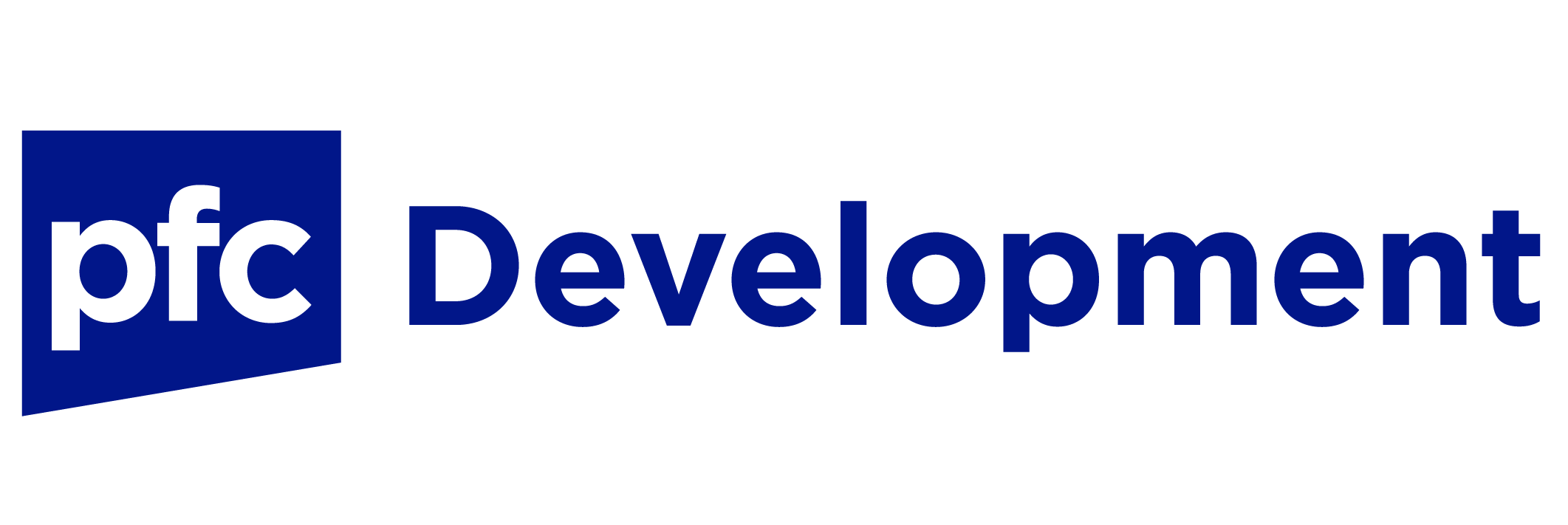If you live in Guam and you’ve been paying your mortgage for a while, you’ve probably built up some equity in your home. Maybe you’ve heard of a home equity line of credit or home loan, but you might not understand why it would be an option for you. Let Personal Finance Center introduce you to the concept of home equity and how you can use it to finance key life events like paying for a wedding, paying for a big vacation and more.
What is Equity in a House?
The definition of home equity is the difference between how much your home is currently worth (or its market value) and how much you still owe on your mortgage. Here’s a quick example to help you figure out how much equity you have in your Guam home:
- Your Current Home Value: $200,000
- Minus Your Current Mortgage Balance: $150,000
- Equals Your Home Equity: $50,000
How You Can Use Home Equity
Mortgage lenders allow you to borrow against your home’s equity, using your home as collateral, which is why home equity loans are sometimes referred to as second mortgages. The general guideline for homeowners is that PFC can lend up to about 95% of your home’s value, minus what you still owe on your house. The equity that you’ve built up in your home can be leveraged for a variety of purposes, including:
- Home improvements
- Debt consolidation
- Weddings
- Education and College
- Vacations
- Major life events
What are the benefits of using your home equity to finance these types of projects? Home equity loans usually have a lower interest rate, are typically easier to qualify for if you have bad credit, can give you a large sum of money and the interest costs may be tax-deductible. There are two different ways you can access your home’s equity, either as a home equity line of credit or a home equity loan.
How Does a Home Equity Line of Credit Work?
With a home equity line of credit, or HELOC, you can take out money as you need it during the draw period, which is determined by the lender, like Personal Finance Center. This is similar to a credit card, that once you pay off what you’ve borrowed, you can borrow more. For example, if you take out a $6,000 home equity line of credit and pay $3,500 toward the principal, you’ll have $2,500 in available credit. With HELOCs, the interest rates are variable and your payments are based on how much credit you’ve used, as well as the current interest rate.
What is a Home Equity Loan?
A home equity loan allows you to take out a lump sum of money, similar to a personal loan. Like a home equity line of credit, your home equity loan will be determined based on the value of your home and your mortgage balance. With a home equity loan, your interest rate is typically fixed, and your repayment amount is the same each month. In contrast to a HELOC, you can’t keep taking out money once you’ve paid back the principal.
How to Get a Home Equity Loan or Line of Credit
To qualify for a home equity loan, mortgage lenders will like Personal Finance Center look at your debt-to-income ratio, or DTI, to figure out how much of your income is already promised to other lenders. This factor helps lenders determine if you’re a good fit for this type of loan. Typically, the lower your DTI, the greater chance you have to qualify for a home equity loan or line of credit. Lenders look for your DTI to be under 36%; however, Fannie Mae and Freddy Mac typically allow up to 45% DTI. Utilize a debt-to-income calculator to learn yours. If you aren’t there yet, try to pay down your debt or reduce your other monthly expenses.
Mortgage lenders will consider your loan-to-value ratio, or LTV, too. This is the amount you still owe on your mortgage divided by your home’s current market value. To make sure your home’s value is accurate, you’ll need an appraisal. Typically, the lower the ratio, the better your chances of qualifying. To find out your LTV, use a loan-to-value calculator. Typically, LTV ratios need to be 80% or below to qualify for a home equity line of credit. Mortgage lenders need to keep a cushion of about 20% equity in the home to use in case they need to foreclose and sell the home if payments aren’t made.
Building up equity in your home is like money in the bank for a rainy day. If you need extra money to pay for your children’s education, make home improvements, or pay for unforeseen expenses, tapping into your home equity could be a good option. For more information contact us or visit our PFC Tamuning branch.




